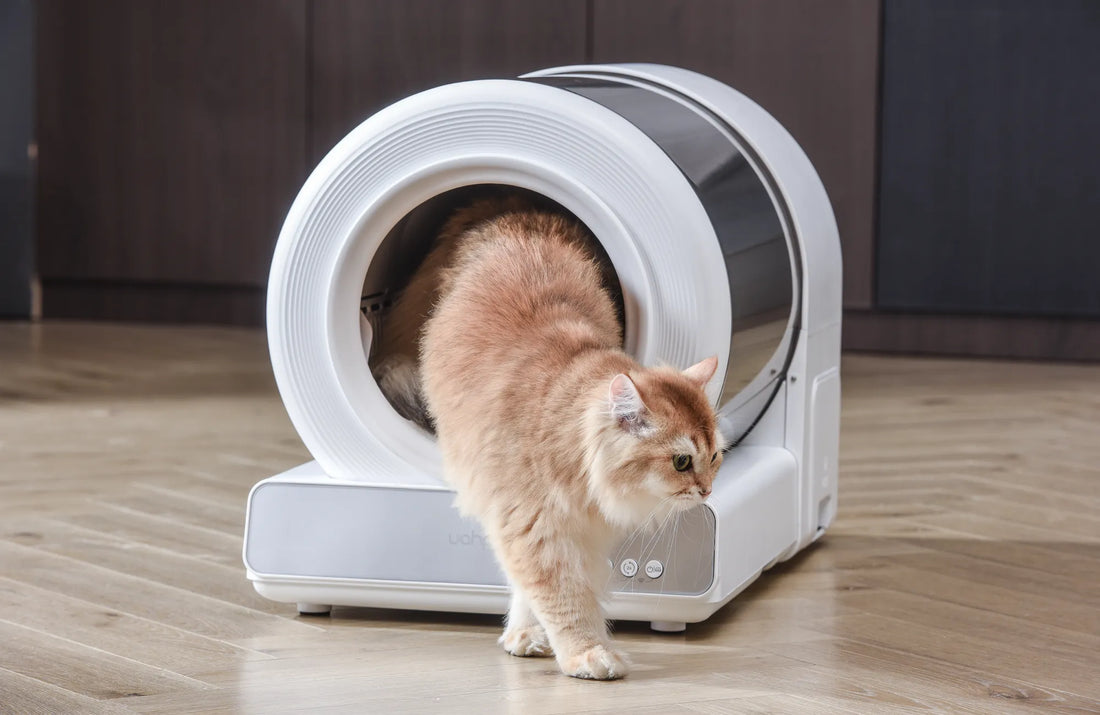If you've ever walked into your home only to be greeted by the unmistakable smell of cat urine outside the litter box, you know how frustrating this issue can be. Understanding the reasons behind this behavior is the first step toward finding a solution. Cats are creatures of habit, and when they start peeing outside their litter box, it's often a sign that something is wrong. This article will explore the most common causes and provide actionable tips to help you address the problem.
Medical Issues
One of the primary reasons cats may start peeing outside their litter box is due to underlying medical conditions. Urinary tract infections (UTIs), bladder stones, and kidney disease can all cause discomfort or pain during urination. Cats may associate the litter box with this discomfort and avoid it altogether. If your cat suddenly starts peeing outside the box, a visit to the veterinarian is essential to rule out any health issues.
Stress and Anxiety
Cats are highly sensitive animals, and changes in their environment can lead to stress and anxiety. Moving to a new home, introducing a new pet, or even rearranging furniture can trigger this behavior. Stress can cause cats to mark their territory by peeing outside the litter box. Identifying and addressing the source of stress can help alleviate the problem.
Litter Box Preferences
Cats can be very particular about their litter box. Factors such as the type of litter, the size of the box, and its cleanliness can all influence whether a cat uses it. Some cats prefer unscented litter, while others may avoid a box that hasn't been cleaned recently. Experimenting with different types of litter and maintaining a clean box can encourage proper use.
Territorial Marking
Unneutered or unspayed cats are more likely to engage in territorial marking. This behavior involves spraying urine on vertical surfaces to mark their territory. Even neutered or spayed cats may exhibit this behavior if they feel threatened by other animals in the household. Addressing territorial issues may require behavioral training or environmental changes.
Multi-Cat Household Dynamics
In homes with multiple cats, competition for resources can lead to litter box issues. Dominant cats may block access to the litter box, causing more submissive cats to find alternative places to pee. Providing multiple litter boxes in different locations can help reduce competition and ensure all cats have access.
Age-Related Issues
As cats age, they may develop arthritis or other mobility issues that make it difficult to access the litter box. Older cats may also experience cognitive decline, leading to confusion about where to urinate. Providing a litter box with low sides or placing it in an easily accessible location can help older cats continue to use it.
Environmental Factors
The location of the litter box can also play a role in whether a cat uses it. Cats prefer quiet, private areas where they feel safe. Placing the litter box in a high-traffic or noisy area may deter them from using it. Ensuring the box is in a calm, accessible location can make a significant difference.
Behavioral Problems
Sometimes, peeing outside the litter box is a behavioral issue rather than a medical or environmental one. Cats may develop negative associations with the box due to past experiences or may simply prefer other surfaces. Addressing behavioral problems may require patience and consistent training to retrain your cat.
Solutions and Prevention
Addressing the issue of a cat peeing outside the litter box requires a multifaceted approach. Start by ruling out medical issues with a visit to the vet. Next, evaluate the litter box setup and make any necessary adjustments. Reducing stress and addressing territorial or behavioral issues can also help. Providing multiple litter boxes, especially in multi-cat households, can prevent competition and ensure all cats have access.
Dealing with a cat peeing outside the litter box can be challenging, but with the right approach, it's a problem that can be resolved. By understanding the underlying causes and making the necessary changes, you can help your cat return to using the litter box consistently. Remember, patience and consistency are key to addressing this issue effectively.













